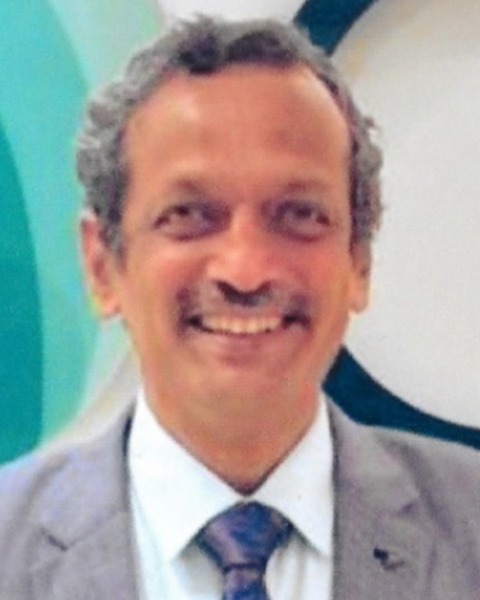Cardiovascular
Portal Hypertension and IVC Pathologies
IVC and Budd-Chiari
Tuesday, April 9, 2024
11:40am - 12:00pm
Location: Governor's D - 4th Floor
CME 1.5
Budd Chiari Syndrome
Dr Nitin Chaubal
Budd-Chiari Syndrome is defined as hepatic venous outflow tract obstruction, independent of the level or mechanism of obstruction. This could be 1] Primary because of obstruction to hepatic veins/IVC or 2] Secondary because of compression or invasion of the hepatic veins and/or the IVC. Thrombosis due to hypercoagulation disorders is an important primary underlying cause.
Patients usually present with acute pain, ascites and hepatomegaly. Clinical presentation can be acute, subacute or chronic. The various findings in the hepatic veins on ultrasound include—non visualization of hepatic veins at the confluence, acute or chronic thrombosis in the hepatic veins, tortuous hepatic veins with various collaterals. Sometimes bicolored hepatic veins and hepatic venous stenosis can be appreciated. Occlusion or narrowing of the IVC can be due to thrombosis or congenital membrane.
Ultrasound is useful not only in diagnosis of Budd-Chiari, but also in picking up the complications like cirrhosis, portal hypertension and HCC. It is also useful in following up patients after interventional procedures like venoplasty and stenting.
Dr Nitin Chaubal
Budd-Chiari Syndrome is defined as hepatic venous outflow tract obstruction, independent of the level or mechanism of obstruction. This could be 1] Primary because of obstruction to hepatic veins/IVC or 2] Secondary because of compression or invasion of the hepatic veins and/or the IVC. Thrombosis due to hypercoagulation disorders is an important primary underlying cause.
Patients usually present with acute pain, ascites and hepatomegaly. Clinical presentation can be acute, subacute or chronic. The various findings in the hepatic veins on ultrasound include—non visualization of hepatic veins at the confluence, acute or chronic thrombosis in the hepatic veins, tortuous hepatic veins with various collaterals. Sometimes bicolored hepatic veins and hepatic venous stenosis can be appreciated. Occlusion or narrowing of the IVC can be due to thrombosis or congenital membrane.
Ultrasound is useful not only in diagnosis of Budd-Chiari, but also in picking up the complications like cirrhosis, portal hypertension and HCC. It is also useful in following up patients after interventional procedures like venoplasty and stenting.

Nitin G. Chaubal, MD FAIUM (he/him/his)
Director
Thane Ultrasound Centre
THANE, India
